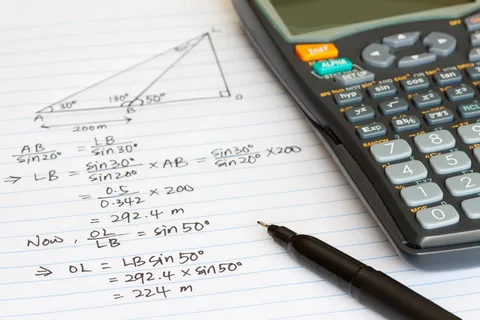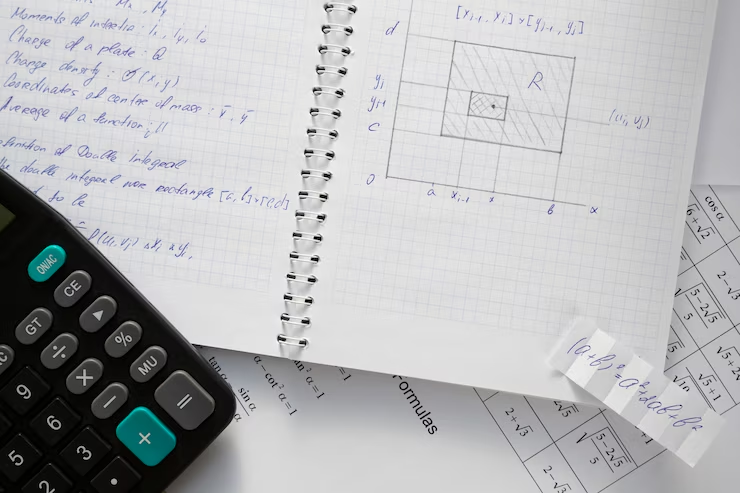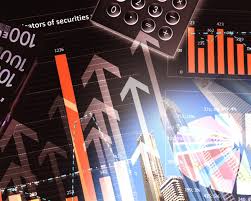Ever stared at a stock app and wondered why a share price jumps up one minute and drops the next? It feels like magic sometimes. But behind every rise or fall is a set of calculations that can seem tricky if you’re not used to it. And honestly, even some people who’ve traded for years get it wrong at first.
Once, a friend in Sydney bought shares in a local tech startup. He thought the price would stay steady. Next thing, it dropped 20% overnight. He freaked out. But later, after looking into the company’s balance sheet and market activity, he realized the math behind share price was pretty simple once you break it down.
So let’s talk about it. We’ll go through it slowly and easily, like explaining it to someone sipping coffee and scratching their head at the numbers.
What Actually Makes a Share Price Change?
People think stock prices just float randomly, but there’s a method to it. At its core, the share price is just how much people are willing to pay for a tiny piece of a company.
Imagine your mate owns a bakery in Melbourne. You wanna buy a slice of that bakery. If lots of people want in, the price goes up. If people don’t want it, the price goes down. That’s basic supply and demand. But then you add numbers: company earnings, profits, debts, expected growth. That’s where the “mathematics behind share price calculation” comes in.

How Do You Calculate It Yourself?
Some people use fancy formulas that sound like rocket science. But one simple way is this:
Share Price = Company Value ÷ Number of Shares
So if a bakery is valued at $100,000 and has 1,000 shares, each share is $100. Easy, right?
But here’s the kicker: company value isn’t just what’s in the bank. It’s earnings, future profits, market trends, stuff like that. And those are guesses. So the math is simple, but the inputs can be messy.
How Earnings Affect Share Price?
Say a company in Brisbane makes $10,000 profit every month. People will pay more for shares if they think profits will grow. This is called the price-to-earnings ratio (P/E ratio).
P/E Ratio = Share Price ÷ Earnings Per Share
A higher P/E usually means investors expect growth. Lower P/E? Maybe they think the company is slowing down. It’s not perfect, but it gives a snapshot.
One mate in Sydney told me he bought shares in a small food company just because the P/E was low. Six months later, the company launched a new product, profits doubled, and so did the share price. That’s math in action.

Dividends and Share Price
Some companies pay dividends. That’s like a bonus from profits. Investors like that. More demand = higher share price. Less or no dividend? People might sell at = lower price.
I remember a story about a mining company in Perth. They cut dividends for one year. The share price dropped fast. People weren’t happy. It shows math isn’t just numbers, it’s psychology too.
Market Sentiment and Its Role
Sometimes the price changes just because everyone’s talking about it. Rumors, news, or global events can move the price more than math.
During the recent tech boom in Melbourne, some startups doubled overnight just because everyone on forums was hyped. Numbers didn’t change much yet, but the share price sure did.
Seasonal or Local Trends That Affect Shares
Certain industries have patterns. Retail in December might see a rise. Agriculture shares may fluctuate with the harvest season. Local policies can matter too.
Example: A property company in Sydney saw share prices spike after the government announced new housing projects. People calculated potential profits and bid up shares. That’s local math meeting market psychology.
Tips for Understanding Share Price Math
Don’t just look at the number. Check earnings, debts, and expected growth.
Know the P/E ratio and what it means for growth expectations.
Watch dividends and trends in your area.
Remember, human behavior can push price away from “fair math” for a while.
Also Read: IP Risk Monitoring
FAQs
How is the share price calculated?
Share price is basically how much people are willing to pay for a small piece of a company. The simplest way to see it is: Share Price = Company Value ÷ Number of Shares. But the “company value” part isn’t just cash. It includes profits, debts, future growth, and sometimes even hype. So the math is simple, but the numbers can change a lot depending on how people see the company.
What is the 7% rule in stocks?
The 7% rule is more like a rough guide. People often say that over time, the stock market grows about 7% per year on average. That includes dividends and price increases. It’s not guaranteed; some years it’s less, some years it’s more. Think of it like estimating how fast your money could grow if you left it in the market long-term.
What is the formula for calculating price per share?
The basic formula is:
Price per Share = Company Value ÷ Number of Shares
For example, if a company is worth $500,000 and has 10,000 shares, each share is $50. You can also use the P/E ratio for a bit more detail:
P/E Ratio = Share Price ÷ Earnings per Share
This helps investors figure out if a stock is cheap or expensive compared to how much money it makes.
What is the math behind the stock market?
The stock market math is mostly about supply, demand, and expectations. People look at earnings, growth, dividends, and local or seasonal trends. Add to that human psychology, fear, hype, rumors, and prices move up or down. At the core, it’s just numbers, but the numbers are influenced by what everyone thinks they should be.
